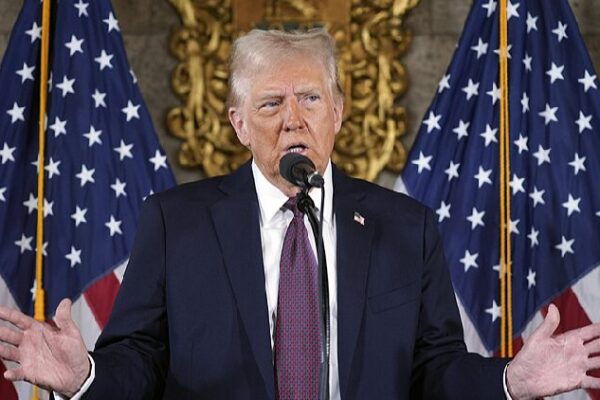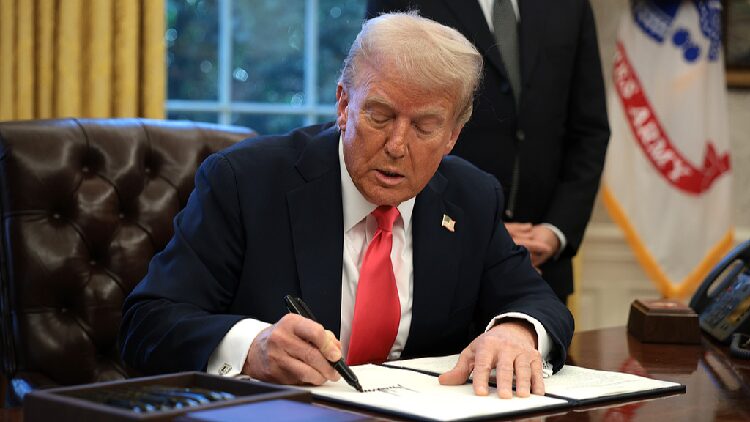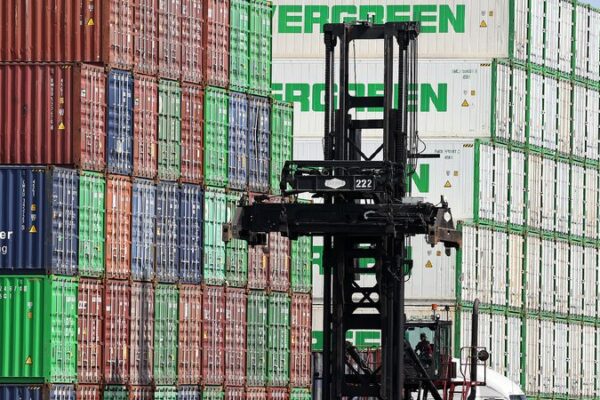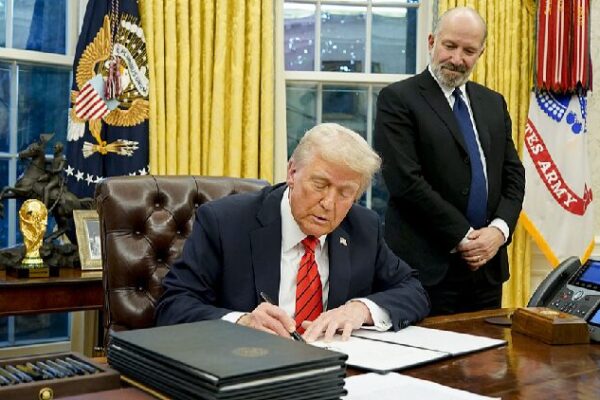U.S. President Donald Trump’s recent tariff decisions are causing concern among industry experts, who warn that American consumers may soon face significantly higher car prices. Since taking office, Trump has implemented several rounds of tariffs targeting key trading partners, and the automotive industry appears to be one of the sectors most affected.
In the early months of his presidency, Trump imposed tariffs of 25 percent and 10 percent on imports from several countries, including Canada, Mexico, and China. While the tariffs on Canada and Mexico were temporarily postponed, the uncertainty has already impacted global supply chains.
A second wave introduced a 25 percent tariff on imported steel and aluminum from nations such as Brazil, South Korea, the United Kingdom, and members of the European Union. A third round, known as “reciprocal tariffs,” applies to all countries, further escalating trade tensions.
Experts suggest that while these tariffs aim to address trade imbalances and protect domestic industries, they may inadvertently burden consumers with higher prices. The automotive industry, a cornerstone of the U.S. economy, is particularly vulnerable due to its reliance on international supply chains for vehicles and parts.
Cody Acree, an analyst at Benchmark, estimates that the proposed tariffs could raise the average price of a new car in the U.S. by approximately $5,790. “We believe the auto sector is the most exposed to the risks of increased tariffs, given its sheer size of trade dollars and the complexity of the intertwined supply and manufacturing channels,” Acree noted.
Currently, the average transaction price for a new car in the U.S. is nearing $50,000. An increase of nearly $6,000 would push prices over $54,500, potentially putting new vehicles out of reach for many consumers.
Ford CEO Jim Farley expressed concern over the potential impact of tariffs on the industry. “What we’re seeing is a lot of cost and a lot of chaos,” Farley said at a recent industry event. He emphasized the importance of trade with Canada and Mexico, noting that tariffs could disadvantage U.S. manufacturers compared to competitors from Japan, South Korea, and Europe.
With over 22 percent of vehicles sold in the U.S. last year originating from Canada and Mexico, and about 40 percent of auto parts sourced from these countries, the ripple effect of tariffs could be substantial. Beyond automobiles, the National Retail Federation predicts that consumers may also see price increases on everyday items like clothing, toys, furniture, and household appliances due to the tariffs.
As trade tensions continue, the full impact of Trump’s tariff policies remains to be seen. For now, consumers and industry leaders alike are bracing for potential price hikes and market instability.
Reference(s):
Trump tariff policy to further drive up U.S. car prices by thousands
cgtn.com








